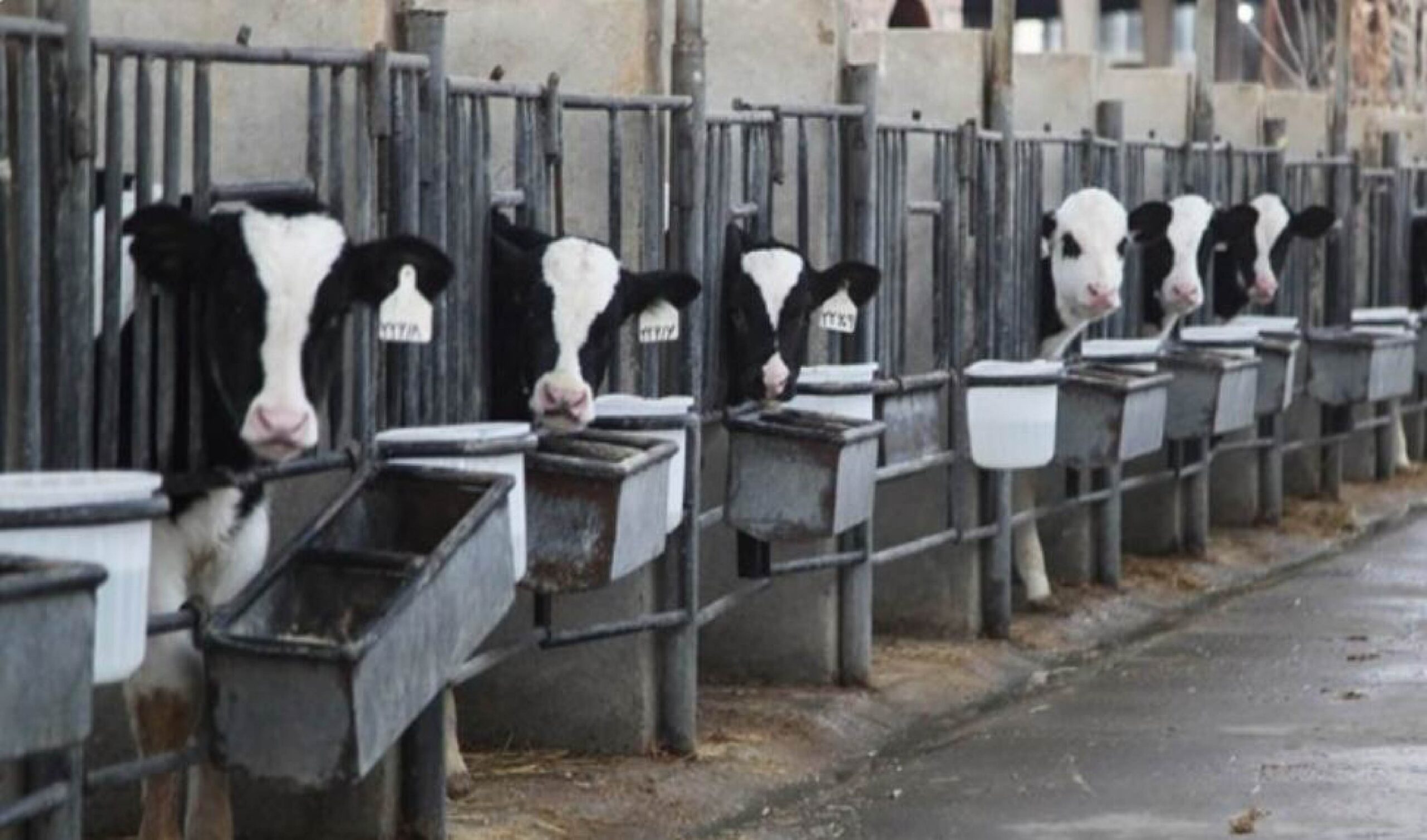
Introduction
Milk and dairy products are essential components of human diets due to their high nutritional value and unique properties. These products, rich in nutrients such as protein, calcium, and vitamins, play a crucial role in human health and growth. In this article, we will explore the production process, types, and features of milk and dairy products, as well as the opportunities and challenges of exporting these products in domestic and international markets.
Production Process of Milk and Dairy Products
The production process of milk and dairy products involves several stages, from the farm to the consumer’s table. Initially, raw milk is collected from dairy animals and transported to processing plants. At this stage, the raw milk undergoes pasteurization and homogenization to eliminate harmful microbes and ensure the final product is safe and of high quality.
Types and Features of Milk and Dairy Products
Dairy products come in various types, each with its unique characteristics and benefits. Some of these products include:
– Milk: A rich source of calcium, protein, and various vitamins, milk helps strengthen bones and teeth.
– Yogurt: Contains probiotics that improve digestive health and boost the immune system.
– Cheese: A high-protein and calcium-rich product with various types, each offering distinct flavors and properties.
– Cream and Butter: These products are high in fat and fat-soluble vitamins, providing a significant energy boost.
– Buttermilk: A popular and beneficial drink that contains probiotics and various nutrients.
Export of Milk and Dairy Products
The export of milk and dairy products presents a significant opportunity for enhancing national economies. These products, due to their high quality and exceptional nutritional properties, have a substantial demand in global markets. Exporting dairy products can increase revenue and create new job opportunities domestically. Additionally, introducing national dairy products to the world can enhance the national brand and increase international credibility.
Opportunities and Challenges in Exporting Milk and Dairy Products
In domestic markets, there are numerous opportunities for the growth and development of the dairy industry. The rising demand for healthy and natural dairy products provides new opportunities for producers. However, challenges such as price fluctuations of raw materials, transportation issues, and the need for advanced equipment to produce high-quality products can hinder the growth of this industry.
In international markets, dairy products, due to their unique features and high quality, can occupy a special position. However, challenges such as competition with similar products from other countries, the need for effective marketing and advertising, and issues related to transportation and customs can pose difficulties for exporters. Additionally, adhering to international standards and obtaining specific export licenses for dairy products are other challenges faced by the industry.

Conclusion
Milk and dairy products, as valuable food items, play a vital role in human health and nutrition. These products offer numerous opportunities for growth and development in both domestic and international markets. Given the existing challenges and opportunities, it is essential to plan and provide appropriate support to guide this industry towards growth and development, leveraging its potential to enhance the economy and introduce dairy products to the world.

